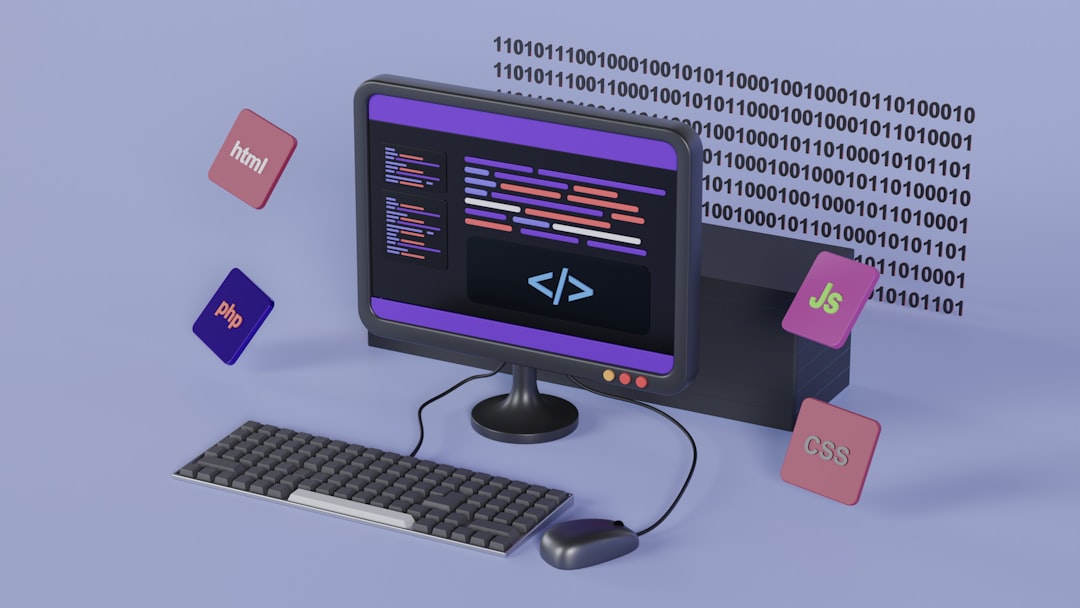Fantasy football trades can be a wild ride. One week you’re feeling like a genius, and the next, you’re wondering how you gave up a top scorer for a complete bust. But don’t worry—trade analyzers are here to help you make smarter, more confident deals. Let’s dive into a step-by-step guide on how to use these awesome tools!
What is a Fantasy Football Trade Analyzer?
Think of it as your fantasy football calculator. A trade analyzer compares players, values them based on performance, projections, and even league settings. Then, it tells you which side wins the trade—or if it’s a fair deal for both parties.
No more guessing. Just facts and numbers.
Step 1: Know Your League Settings
Before using any analyzer, you need to understand your league. Scoring can change everything!
- Standard: Points mostly from touchdowns and yards.
- PPR (Point Per Reception): Receivers and pass-catching backs gain more value.
- Half-PPR: A mix of the two. Balanced value for different types of players.
- Superflex: QBs become very valuable since you can start multiple.
Make sure to choose an analyzer that lets you input your league’s settings. That way, the results are spot-on.
Step 2: Choose Your Trade Analyzer
There are many free and premium options online. Some of the popular ones include:
- FantasyPros
- ESPN Trade Analyzer
- Yahoo Fantasy Trade Evaluator
- KeepTradeCut (great for dynasty leagues!)
Pick one that’s easy to use and daily updated. That ensures you’re working with the most current rankings and injury news.
Step 3: Enter the Trade Details
This is where the magic begins! Plug in the players from both sides of the trade.
- Select players or input them manually.
- Double-check names—some tools are case-sensitive.
- Add in draft picks if your trade includes them (especially in dynasty or keeper leagues).

Step 4: Analyze the Breakdown
Once you hit “Analyze,” the tool will do the rest. It gives a score or label to each side, often showing:
- Overall Trade Value: A numerical score for each group of players.
- Weekly Projections: Who’s expected to perform better soon.
- Rest-of-Season Outlook: Value over the remaining weeks.
- Injury Risks: Warnings for injury-prone players.
You’ll instantly see who’s winning the deal. Or if it’s fair and even.
Step 5: Consider Context (Very Important!)
A trade analyzer’s data is helpful, but it doesn’t know your full situation.
- Do you need a WR to replace a bye week?
- Do you have too many RBs but no TE?
- Are you making a playoff push or rebuilding for next year?
We call this “team context.” Your specific needs can turn a bad trade into a brilliant one—or vice versa.
Step 6: Compare Across Platforms
Don’t trust just one tool. Use two or three!
- Tools use different formulas and data sets.
- One might rate a player much higher than another.
- Cross-check different analyzers for a bigger picture.
Think of it like getting a second opinion at the doctor. Smarter decisions come from more perspectives.
Step 7: Dig Deeper into Player Analysis
Once you get the numbers, take a deeper look at the individual players involved in the trade:
- Are they playing tougher defenses soon?
- Did their QB just get hurt?
- Are they trending up or fading?

Tools like FantasyPros and PlayerProfiler give detailed breakdowns. This helps you avoid hidden traps like players in a late-season slump or on teams heading for a rough schedule stretch.
Step 8: Do a Sanity Check
Okay, the numbers say it’s a great trade. But stop before pressing accept. Ask yourself:
- Will I regret this in two weeks?
- Am I giving away too much depth?
- Will I start these players weekly?
Even the best trades on paper can fall apart in practice. Think long-term. Be practical.
Step 9: Float the Trade and Get Feedback
Sometimes it helps to ask league mates or post your trade on Reddit or fantasy football forums.
- r/fantasyfootball is a great community.
- Fantasy football Discord servers are fast and fun.
- Your own league mates can spark ideas or counters.
Get feedback. Crowd wisdom is real.
Step 10: Hit Accept (Or Decline) with Confidence
You’ve done your homework. You’ve analyzed, compared, researched, and double-checked. Now it’s time to make that move.
Trust yourself. Every trade is a risk. But the more informed you are, the better those risks pay off.
Bonus Tips!
- Trade early in the week when injury news is fresh.
- Don’t trade just to trade. Always have a reason.
- Handcuff wisely. Trade for backups of your RBs before they become starters.
- Don’t fall for names. Big names don’t always mean big points.
Conclusion
Fantasy football trade analyzers are your best friend when making deals. They give you the data. But your instincts and strategy complete the picture.
Follow each step, and you won’t have to fear trades ever again. From rookies to seasoned veterans, everyone benefits from smarter trading.
So go ahead—fire up that trade analyzer and swing for a championship-caliber roster!
